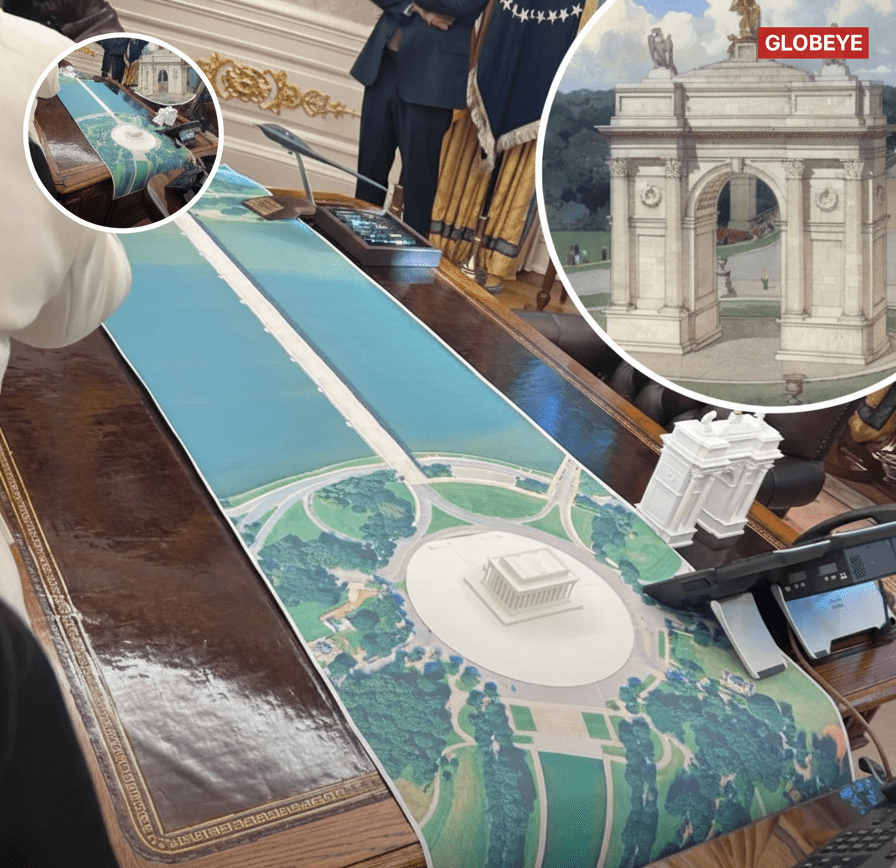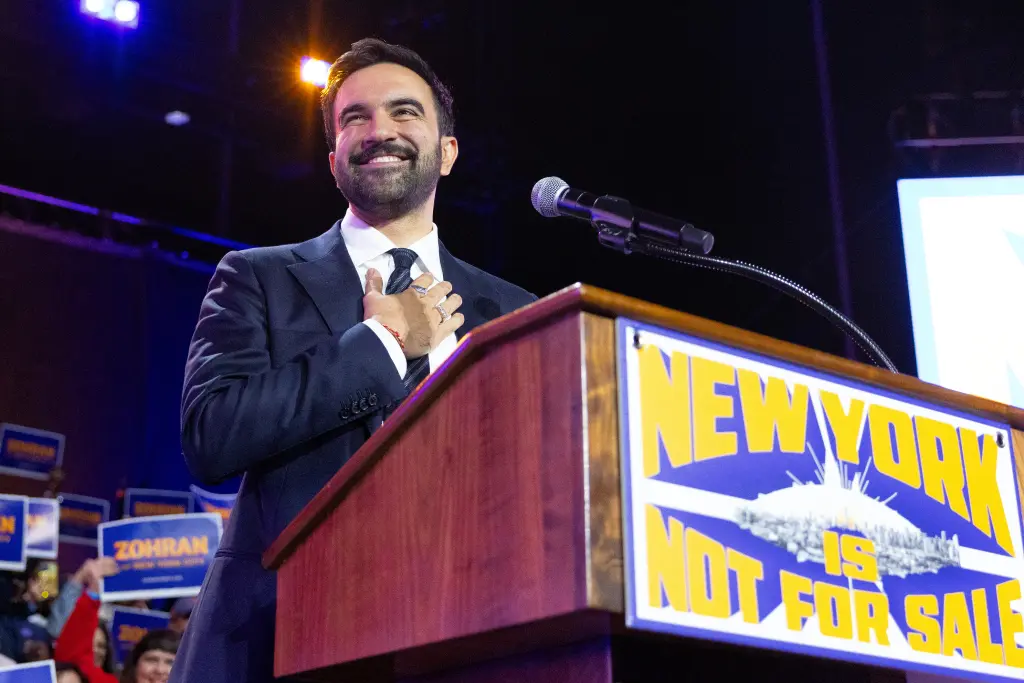President Trump Unveils Visionary ‘Arc de Trump’ — A Monument Taller Than the Lincoln Memorial to Celebrate America’s 250th Birthday
President Trump has unveiled an ambitious and symbolic new monument that he says will mark America’s 250th birthday in 2026 and reshape the skyline of Washington, DC. Dubbed the “Arc de Trump,” the proposed structure is a towering stone arch inspired by Paris’s Arc de Triomphe, designed to stand taller than the Lincoln Memorial and serve as a lasting symbol of American pride, unity, and strength. The plans were revealed in renderings shared from Trump’s office, showing a grand, neoclassical-style arch envisioned to rise at Memorial Circle near Arlington Memorial Bridge, offering a commanding view toward the National Mall.
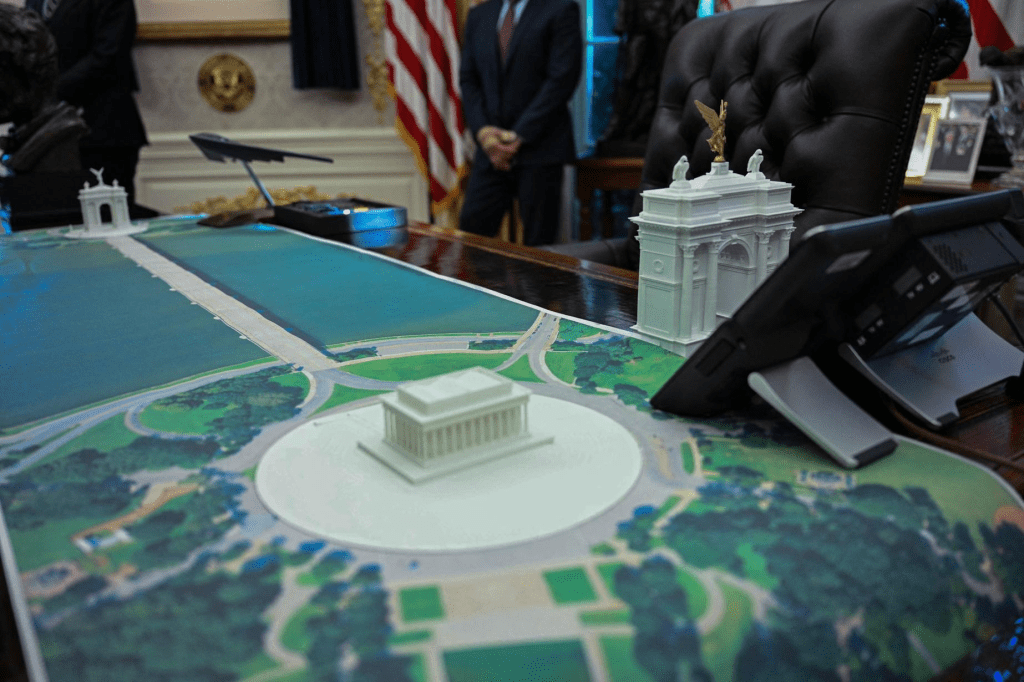
According to Trump, the monument will commemorate 250 years of American independence and serve as a new chapter in the nation’s architectural legacy. “It will be a monument to the greatness of our Republic — to the people who built it, defended it, and made America the greatest nation in history,” Trump said during a private presentation of the design. The concept map displayed across the Resolute Desk in the Oval Office showed detailed placement of the arch, connecting it visually with the Lincoln Memorial and the Potomac’s riverfront.
The proposed design, created by classical architect Nicolas Leo Charbonneau, features massive stone columns, patriotic sculptures, and a golden-winged angel holding a torch at the top — a nod to freedom and triumph. State media images suggest the monument would reach approximately 120 feet in height, surpassing the Lincoln Memorial’s 99-foot stature, and align with the traditional neoclassical aesthetic that Trump has long championed in federal architecture.

The project, according to early discussions, would be part of the larger “America 250” initiative — a celebration of the nation’s semiquincentennial that aims to highlight patriotism through public works, cultural events, and monuments nationwide. The “Arc de Trump” would serve as a centerpiece of that celebration, blending historical reverence with a distinctly Trump-era vision of American grandeur.
Supporters of the plan have praised it as a bold patriotic gesture and a revival of classical American architecture. Trump’s former adviser on cultural affairs, Charles Renard, called the design “a monumental reminder of American victory and endurance.” He added that the arch would symbolize “the kind of greatness that unites generations — from the Founding Fathers to the modern day.”
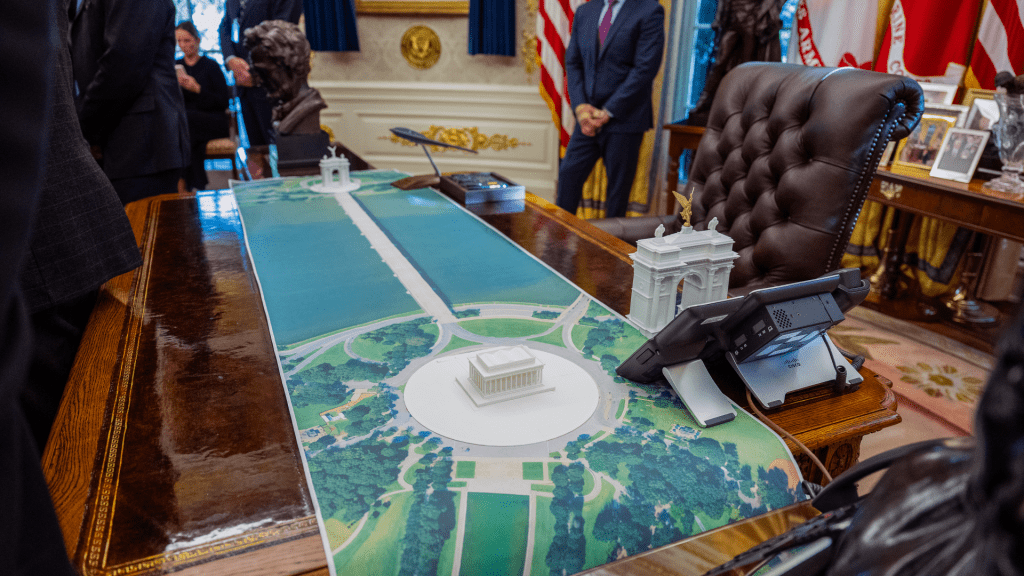
Critics, however, have questioned the feasibility and intent behind the project, with some viewing it as a self-promotional move rather than a purely national tribute. Opponents argue that the design’s grandiosity echoes Trump’s personal branding more than the country’s collective identity, while others have raised logistical concerns over federal land use, costs, and planning permissions.
Still, Trump’s supporters point out that his previous infrastructure and monument proposals — including his revival of “classical design” orders for federal buildings — reflect his deep admiration for America’s historic architecture and desire to preserve traditional beauty in the nation’s capital. “It’s not about ego,” one senior official close to the project told Fox Digital. “It’s about restoring pride in what America builds. The President wants something that reflects strength, permanence, and patriotism.”

As renderings circulate online, the “Arc de Trump” has already become a viral topic, sparking debate across social media and political circles. Whether celebrated as visionary or dismissed as controversial, the project underscores Trump’s lasting influence on how America commemorates its milestones — not just through policy or politics, but through symbols carved in stone.
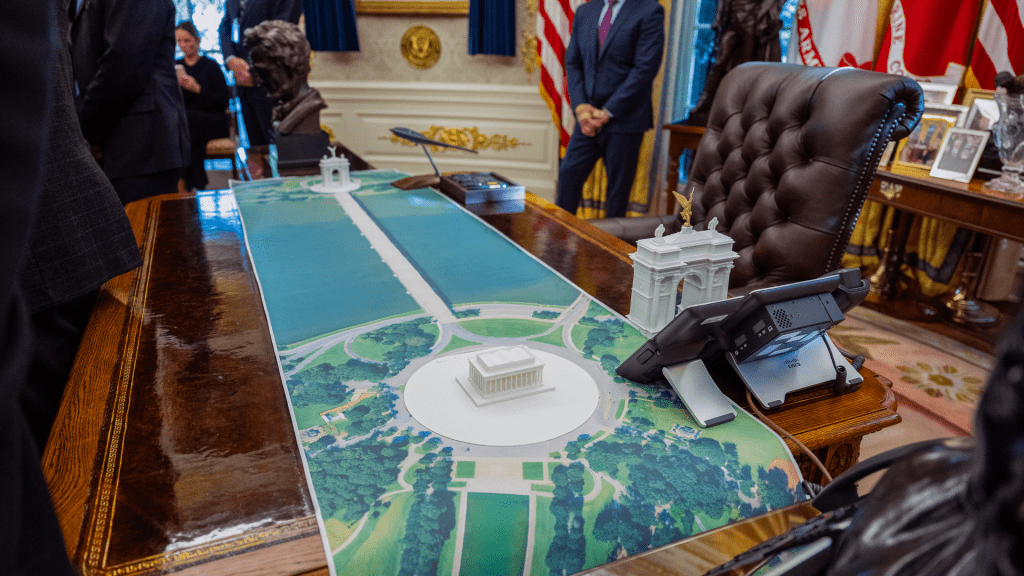
If realized, the “Arc de Trump” could join the ranks of America’s most iconic landmarks, standing as a physical testament to both the nation’s endurance and Trump’s enduring imprint on its history. As the country approaches its 250th birthday, the proposed monument raises one defining question: what does America want its legacy to look like?
